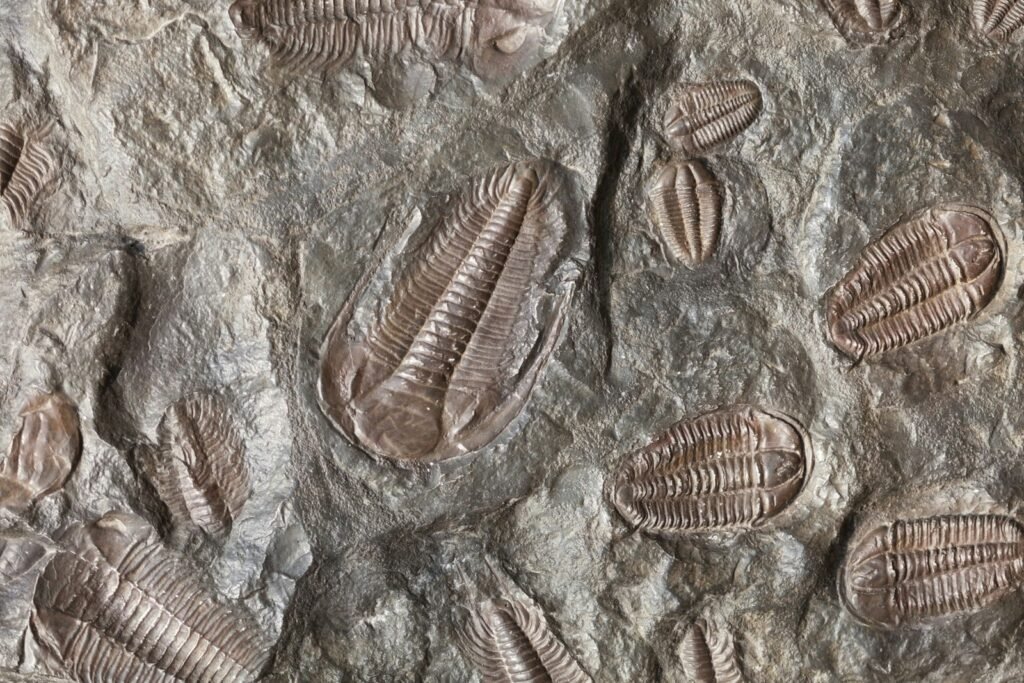They shuffle through our neighborhoods under the cover of darkness, ghost-gray and curious, yet most of us barely know their names beyond a muttered “opossum.” The species in question – the Virginia opossum – is the only marsupial native to the United States and Canada, and it’s rewriting the rulebook for urban wildlife survival. For decades, people cast them as pests, but new science paints a sharper, far more useful picture of what they actually do for ecosystems and even public health. From venom resistance to a talent for mopping up carrion, their odd biology holds clues to bigger stories about climate, cities, and human coexistence. The mystery isn’t whether they belong here; it’s what we stand to learn from them if we pay attention.
The Hidden Clues
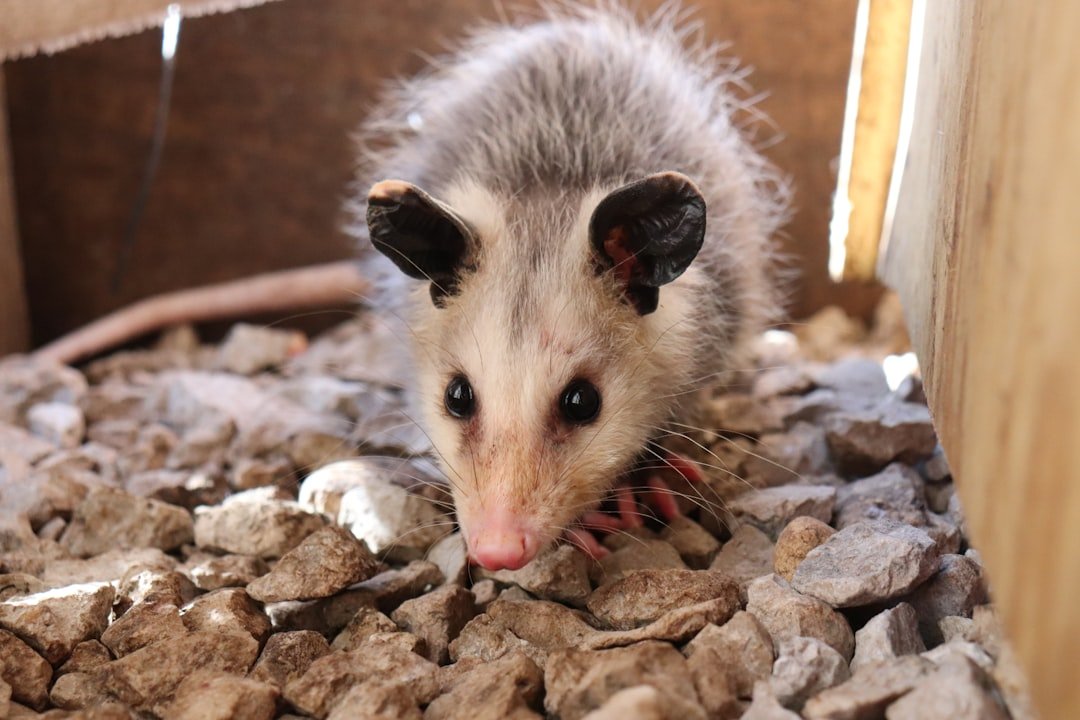
What creature leaves handprints on winter snow and a looping tail trail like a punctuation mark? Follow those prints and you’ll meet a nocturnal forager with an opposable “thumb” on its hind foot, a prehensile tail for balance, and a face full of fifty teeth – more than any other North American mammal. The Virginia opossum’s most theatrical trick, the famous freeze known as thanatosis, isn’t a choice so much as a nervous-system reflex, buying time when a predator hovers too close.
Even their temperature is out of step: running cooler than many placental mammals, they’re less hospitable to some diseases that struggle to replicate. Their pouch, carried by the female, tells the story of extreme infancy – young arrive after just a couple of weeks of gestation and must crawl to latch on for months of finishing work. It’s a survival strategy that looks fragile on paper and yet has carried the lineage through ice ages, highways, and everything in between.
From Ancient Tools to Modern Science
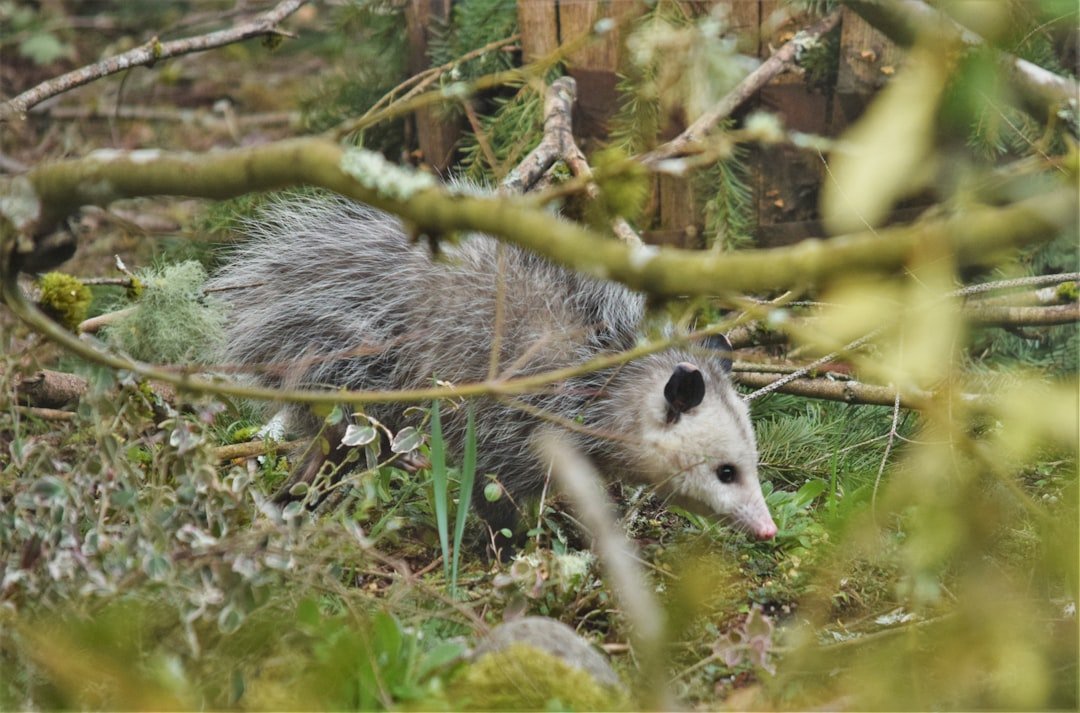
Early trappers and naturalists described opossums mostly by what they did to chicken coops and gardens, but the modern toolkit has shifted the narrative. Camera traps, passive integrated transponders, and lightweight GPS units now follow individuals as they thread through alleys, creeks, and fencerows, revealing home ranges far smaller and more focused than assumed.
Stable isotope analysis is unpacking their diet beyond the “garbage raider” stereotype, showing flexible foraging on fruit, insects, and carrion that changes with season and neighborhood. Genomic work is beginning to probe their unusual immune defenses and developmental timing, offering comparisons that reach back to marsupial cousins overseas. Add community science platforms that capture sightings at scale, and the picture comes alive: adaptable, imperfect, and often helpful.
House Guests of the Anthropocene
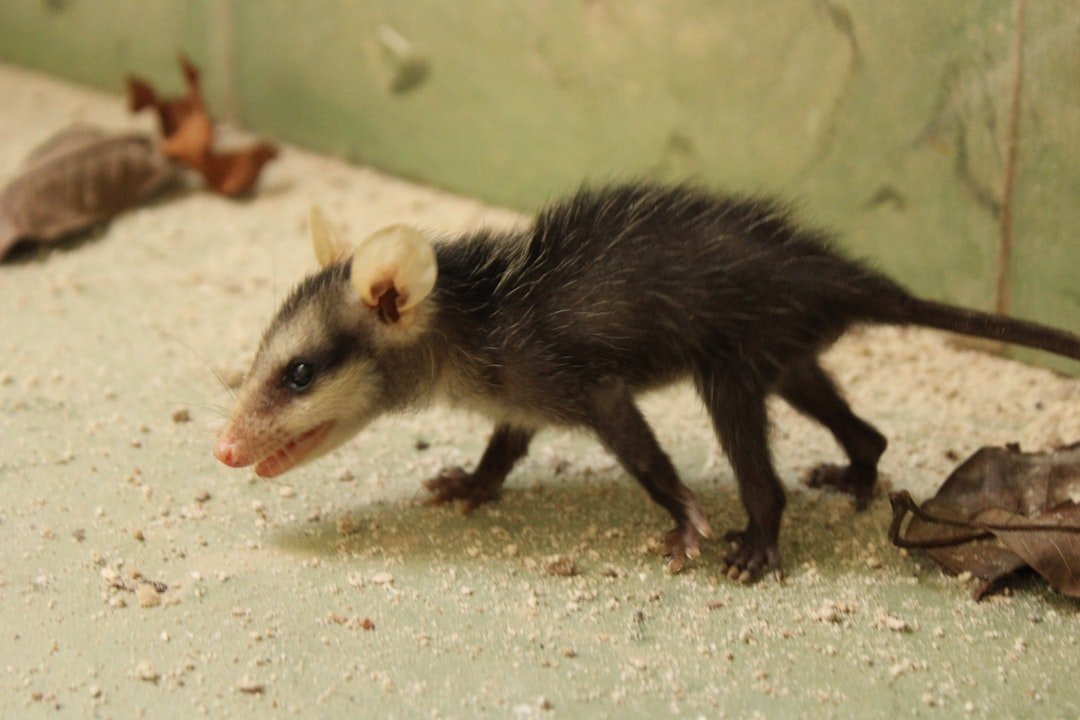
Opossums are thriving in the edges we create – under porches, behind sheds, along train tracks where blackberry brambles and invasive honeysuckle throw shade and shelter. They gladly take a free meal, whether it’s fallen persimmons in a park or spilled kibble on a back step, but they also vacuum up snails, beetles, and carrion that would otherwise linger. I’ve watched one drag a flattened squirrel off a side street, a tiny cleanup crew in a storm of headlights.
Cold still punishes them in the northern parts of their range; pale ears and tails often show the scars of frostbite. Yet urban heat islands, milder winters, and human food subsidies have pushed their boundaries northward over the last century, even as introduced populations settled the West Coast long ago. Their success is less about boldness and more about being generalists in a world we keep rearranging.
Why It Matters
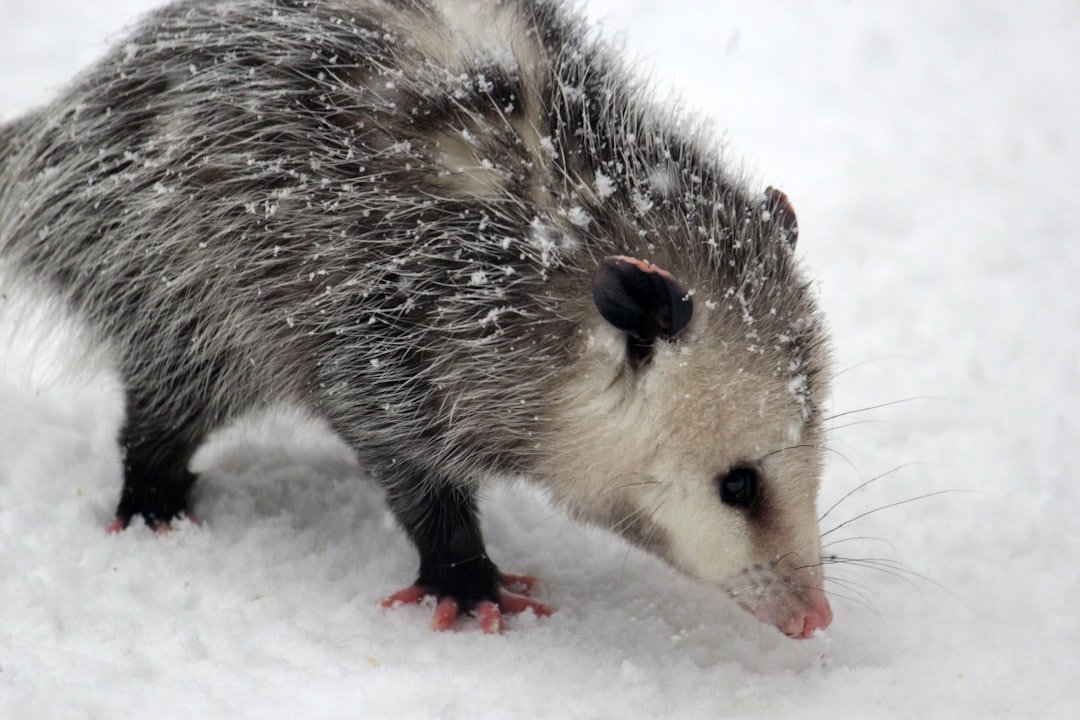
This is where a small, misunderstood neighbor intersects with public health, ecology, and wallets. By scavenging roadkill and other carcasses, opossums interrupt potential disease pathways and reduce attractants for larger, riskier scavengers. Their obsessive grooming knocks off and kills many ticks that attempt to feed, an action that can lower tick survival locally – no silver bullet for Lyme disease, but a natural pressure that adds up.
Compared with blanket pesticide use or expensive carcass removal, a free, living service provider is a different kind of infrastructure. The old story framed them as nuisances to be trapped or poisoned; the new one sees an urban janitor with a pouch. When we evaluate city wildlife through costs and benefits rather than fear, the opossum consistently lands on the helpful side of the ledger, provided we manage conflict smartly.
A Living Antidote
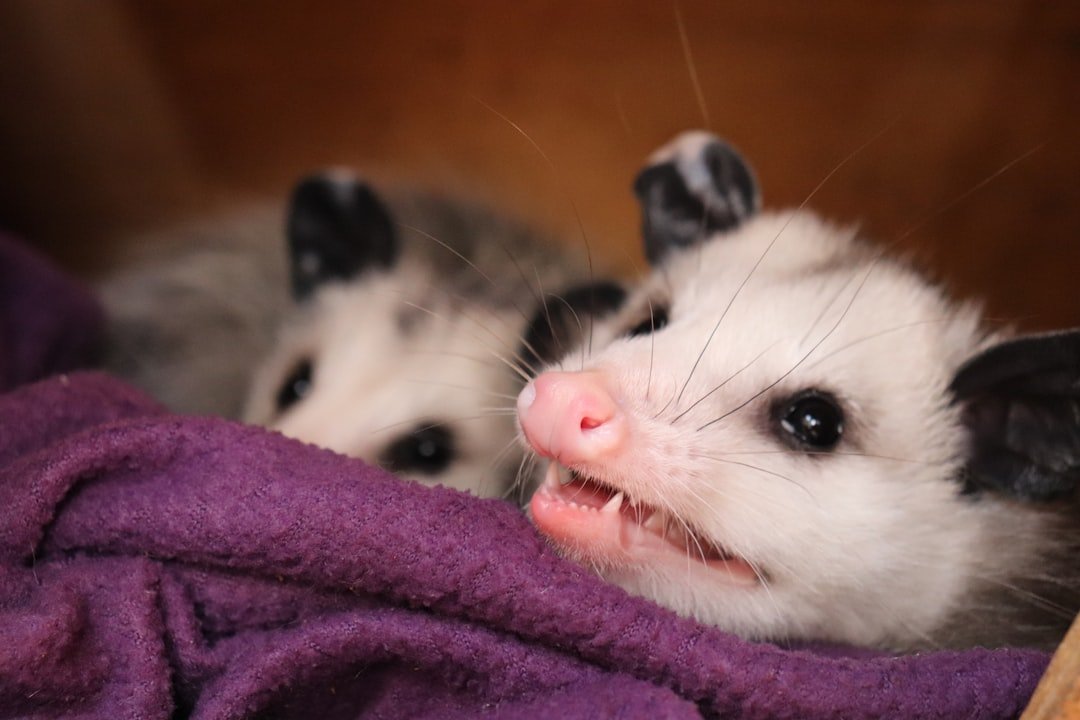
Some of the opossum’s strangest biology points to tomorrow’s medicine cabinet. Researchers have documented serum factors in this species that neutralize components of certain snake venoms, spurring interest in next-generation antivenom strategies that are cheaper and more stable. Their unusually low rates of rabies – likely tied to cooler body temperature and vigilant grooming – also turn them into interesting models for disease dynamics in urban settings.
None of this makes them invincible or saintly; they carry parasites like many wild mammals and can raid a coop if it’s not secured. But the balance of evidence shows more ecological benefits than harms when they’re left to do their work. In a time when we’re rethinking how nature fits into cities, the opossum may be less a misfit and more a prototype.
Global Perspectives
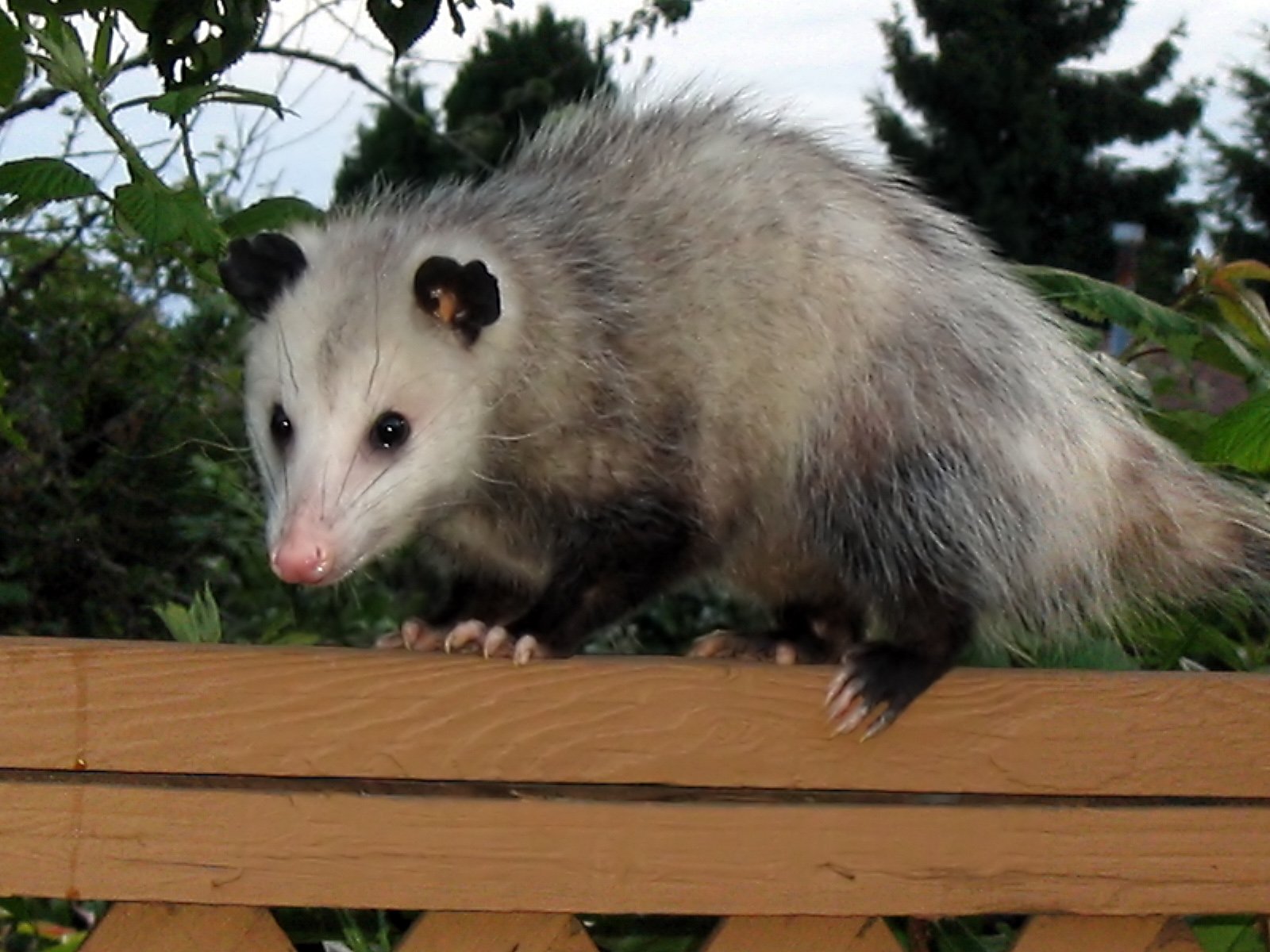
The Virginia opossum holds a passport unlike any other: it’s the northernmost marsupial on Earth and the only one native to the United States and Canada. Farther south, Mexico and Central America host additional opossum species, while the marsupial capital of the world remains Australia with kangaroos, koalas, and quolls. That contrast helps explain why so many North American myths cling to this one species – it’s flying solo in a continent dominated by placental mammals.
Evolutionarily, opossums are time-travelers, preserving traits – like extreme prematurity – that offer scientists a living comparison with their southern cousins. When we place them on a global marsupial map, their story isn’t an odd exception; it’s a crucial data point that connects hemispheres, climates, and medical possibilities. The lesson is simple: context transforms a backyard visitor into a species of planetary interest.
The Future Landscape
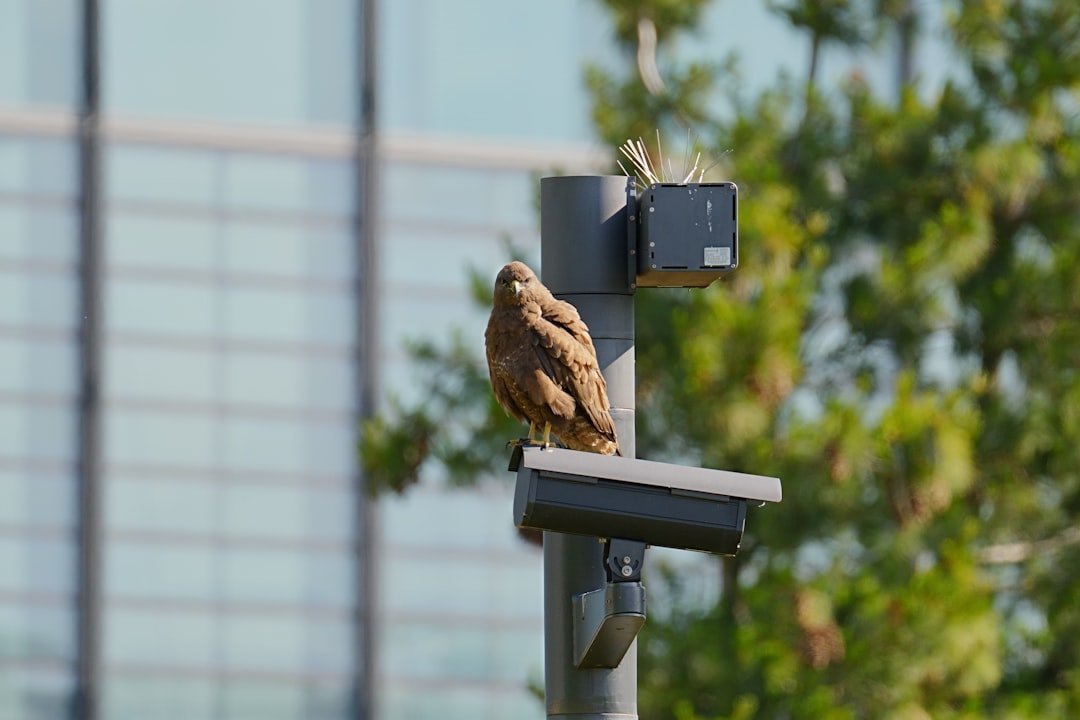
The next chapter will be written by sensors and streetlights as much as field notebooks. Thermal cameras, acoustic monitoring, and AI-assisted image analysis are already mapping nocturnal wildlife in cities with surprising precision, catching where opossums cross and what they eat season by season. Road-ecology tools – smarter crossings, lighting tweaks, and targeted fencing – could sharply reduce the vehicle collisions that cut short so many lives.
On the biomedical front, isolating and synthesizing venom-neutralizing molecules promises broader access to lifesaving treatments. Meanwhile, climate change will keep nudging ranges, bringing new cold snaps, new heat waves, and new conflicts at the edges of yards and farms. If we pair tech with low-cost fixes – sealed bins, secured coops, and wildlife-friendly yards – we can steer the story toward coexistence rather than control.
Conclusion
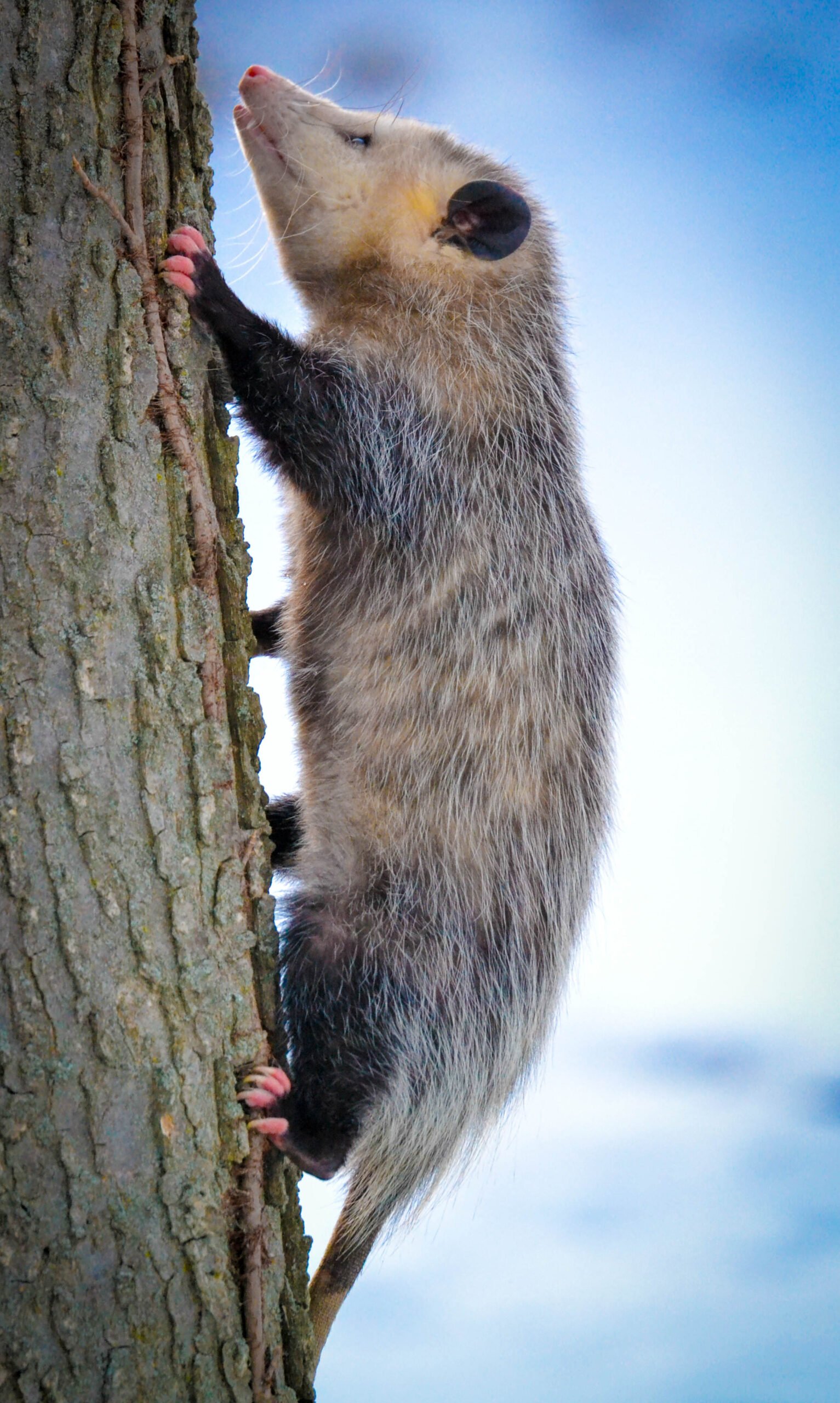
Start small and local: seal trash, pick up fallen fruit, and bring pet food indoors at night so you’re not setting a buffet you didn’t intend. If you keep chickens, invest in hardware cloth, lock doors at dusk, and cover ventilation gaps; prevention beats blame every time. Drive a little slower after dark on side streets, and if you see a road-killed animal, report it to local services rather than swerving around a problem that attracts more wildlife.
Make your yard a safe corridor with native shrubs and clean water, then share your sightings on community science platforms to give researchers the data they need. Keep cats indoors for the sake of songbirds and small mammals, including opossums that quietly do helpful work. Curiosity is the easiest first step – once you notice the tiny handprints, it’s hard to unsee the neighbor you’ve been missing.

Suhail Ahmed is a passionate digital professional and nature enthusiast with over 8 years of experience in content strategy, SEO, web development, and digital operations. Alongside his freelance journey, Suhail actively contributes to nature and wildlife platforms like Discover Wildlife, where he channels his curiosity for the planet into engaging, educational storytelling.
With a strong background in managing digital ecosystems — from ecommerce stores and WordPress websites to social media and automation — Suhail merges technical precision with creative insight. His content reflects a rare balance: SEO-friendly yet deeply human, data-informed yet emotionally resonant.
Driven by a love for discovery and storytelling, Suhail believes in using digital platforms to amplify causes that matter — especially those protecting Earth’s biodiversity and inspiring sustainable living. Whether he’s managing online projects or crafting wildlife content, his goal remains the same: to inform, inspire, and leave a positive digital footprint.



